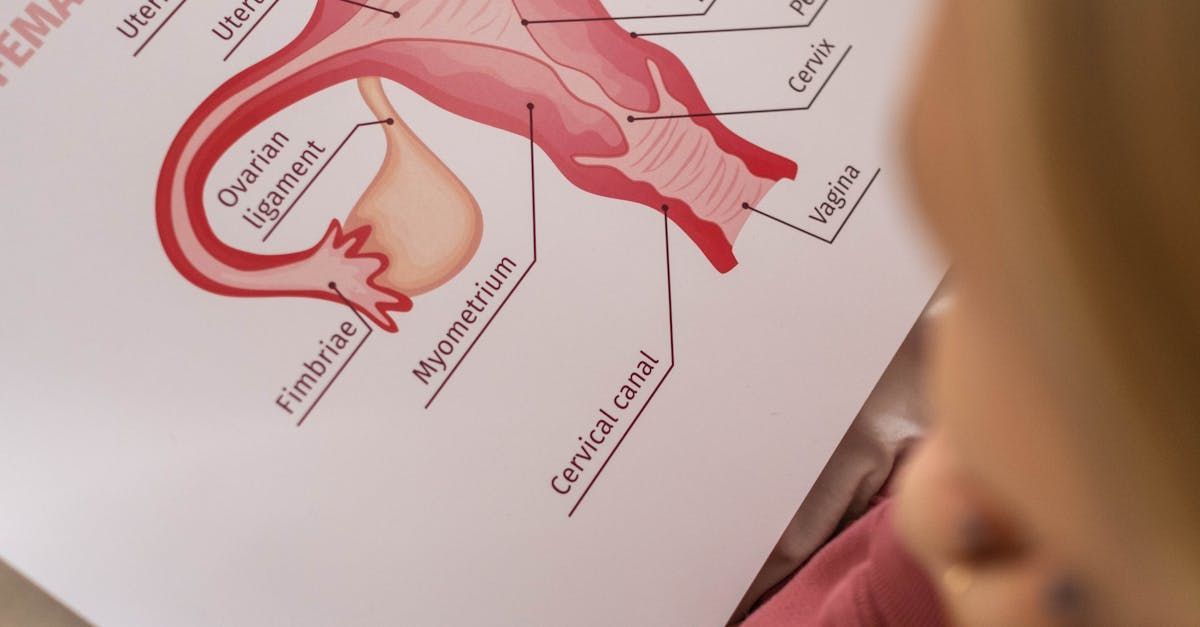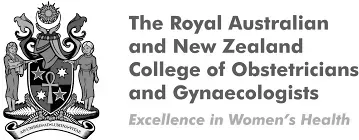Understanding Menopause: Symptoms, Stages, and Management
Menopause is a natural phase in a woman’s life, marking the end of her reproductive years. While every woman experiences menopause differently, the transition can bring a variety of physical and emotional changes. Understanding what to expect and how to manage symptoms can make this transition smoother and improve your quality of life. In this blog post, we’ll explore what menopause is, the stages involved, common symptoms, and ways to manage this transition effectively.
What is Menopause?
Menopause is defined as the point in time when a woman has not had a menstrual period for 12 consecutive months. It typically occurs between the ages of 45 and 55, though it can happen earlier or later. Menopause is a natural biological process that signifies the end of ovarian function and, therefore, fertility. It is usually a gradual process, not a sudden change, and involves several stages.
The Stages of Menopause
Menopause is a transition that occurs in three stages:
- Perimenopause: This is the transitional phase leading up to menopause, often beginning in a woman’s 40s, but it can start earlier. During perimenopause, the ovaries gradually produce less oestrogen, and menstrual cycles may become irregular or prolonged. Women may begin to experience menopausal symptoms during this stage, even though they are still menstruating.
- Menopause: Menopause is the point at which a woman has gone 12 months without a menstrual period. At this stage, the ovaries have largely stopped producing oestrogen, and the ability to conceive naturally ends.
- Postmenopause: The years following menopause are known as postmenopause. During this time, symptoms such as hot flashes and mood swings may persist, but they typically decrease in intensity. The decrease in oestrogen levels during postmenopause also increases the risk of certain health conditions, such as osteoporosis and heart disease.
Common Symptoms of Menopause
The symptoms of menopause vary widely from one woman to another. Some women experience only mild discomfort, while others may find the symptoms significantly impact their daily lives. Common symptoms include:
- Hot Flashes and Night Sweats: Sudden feelings of warmth, often accompanied by sweating and a red, flushed face, are common during menopause. Night sweats can disrupt sleep and lead to fatigue.
- Irregular Periods: During perimenopause, periods may become lighter, heavier, shorter, or longer, and the time between periods may vary.
- Vaginal Dryness and Discomfort: The decrease in oestrogen can lead to vaginal dryness, itching, and discomfort during intercourse, which can affect sexual health and well-being.
- Mood Changes: Hormonal fluctuations can contribute to mood swings, irritability, and an increased risk of depression and anxiety.
- Sleep Disturbances: Many women experience difficulty sleeping during menopause, often due to night sweats, anxiety, or other symptoms.
- Changes in Libido: Some women experience a decrease in sexual desire, while others may notice an increase.
- Weight Gain and Metabolism Changes: Metabolism tends to slow down with menopause, leading to weight gain, especially around the abdomen.
Managing Menopause Symptoms
While menopause is a natural process, its symptoms can be challenging. Fortunately, there are many ways to manage these symptoms and maintain a good quality of life:
- Hormone Replacement Therapy (HRT): HRT is a common treatment for relieving menopausal symptoms by replacing the hormones that the body is no longer producing. It can be highly effective for treating hot flashes, night sweats, vaginal dryness, and preventing bone loss. However, HRT is not suitable for everyone, and it’s important to discuss the risks and benefits with your doctor.
- Lifestyle Changes: Regular exercise, a balanced diet, and maintaining a healthy weight can help manage symptoms. Exercise can also improve mood, reduce stress, and protect against bone loss and heart disease.
- Non-Hormonal Treatments: For women who cannot take HRT, there are non-hormonal options available. These include certain antidepressants, gabapentin, and clonidine, which can help reduce hot flashes and mood swings.
- Vaginal Oestrogen: For vaginal dryness and discomfort, low-dose vaginal oestrogen is available in the form of creams, rings, or tablets. This treatment focuses on the vaginal area without significantly affecting the rest of the body.
- Complementary Therapies: Some women find relief through acupuncture, herbal supplements, or relaxation techniques such as yoga and meditation. It’s important to consult with your healthcare provider before starting any alternative therapies to ensure they are safe and effective for you.
- Bone Health: As oestrogen levels drop, the risk of osteoporosis increases. Ensuring adequate calcium and vitamin D intake, along with weight-bearing exercise, can help maintain bone strength. In some cases, medications may be needed to protect bone health.
Conclusion
Menopause is a significant transition that can bring both challenges and opportunities. By understanding the stages of menopause and the symptoms that may arise, you can take proactive steps to manage your health and well-being. Whether through lifestyle changes, medical treatments, or a combination of approaches, there are many ways to alleviate symptoms and embrace this new phase of life with confidence. If you’re experiencing symptoms of menopause or have concerns about managing the transition, consult with your healthcare provider to explore the options that are right for you.
Menopause is a natural part of life, and with the right support and care, you can navigate this change with resilience and grace.






